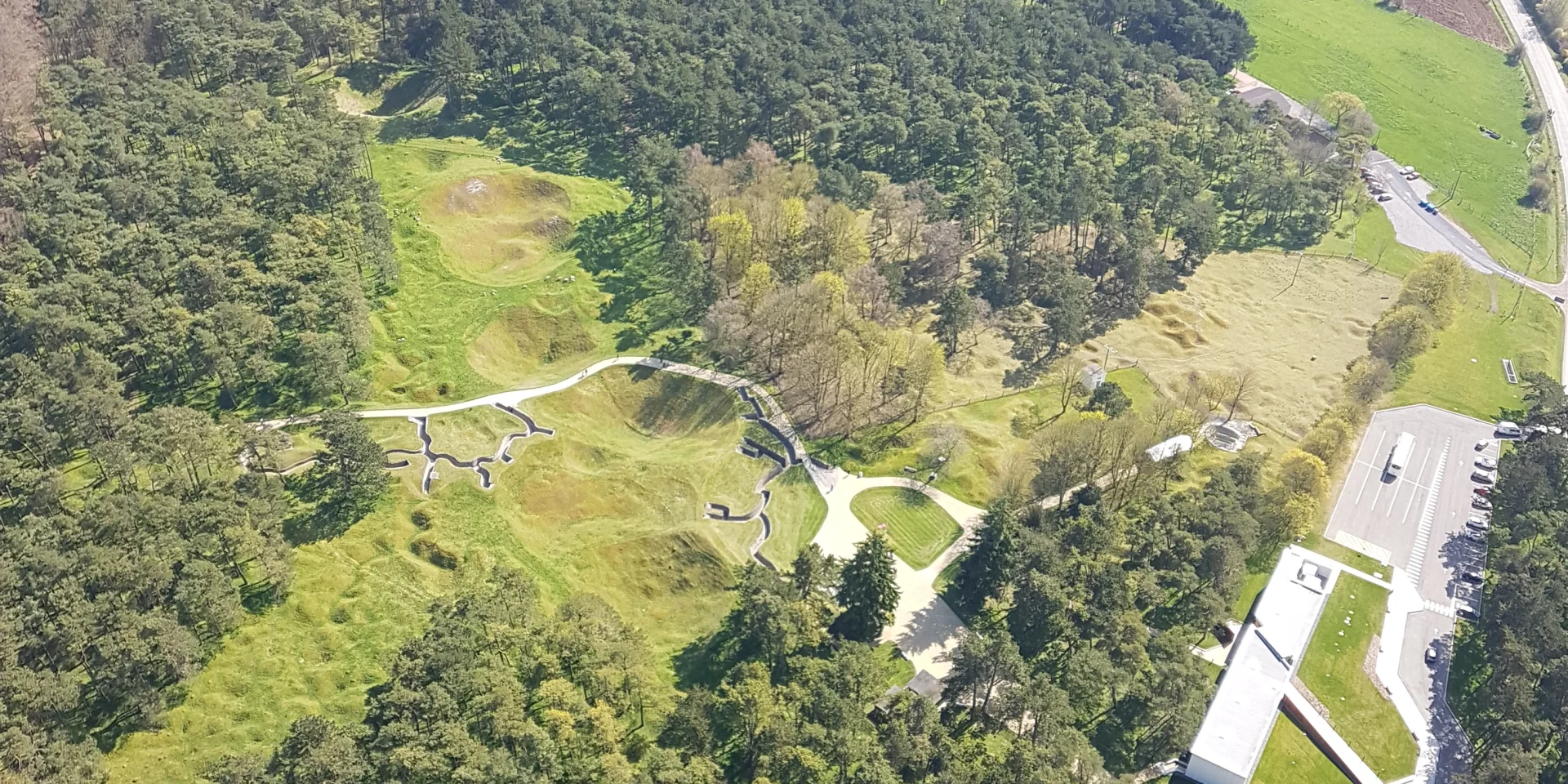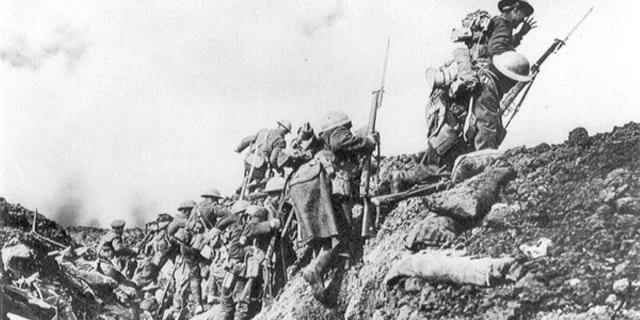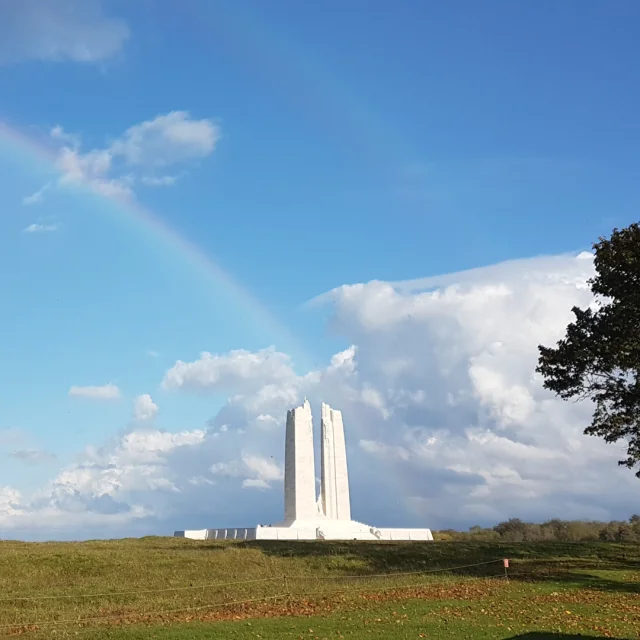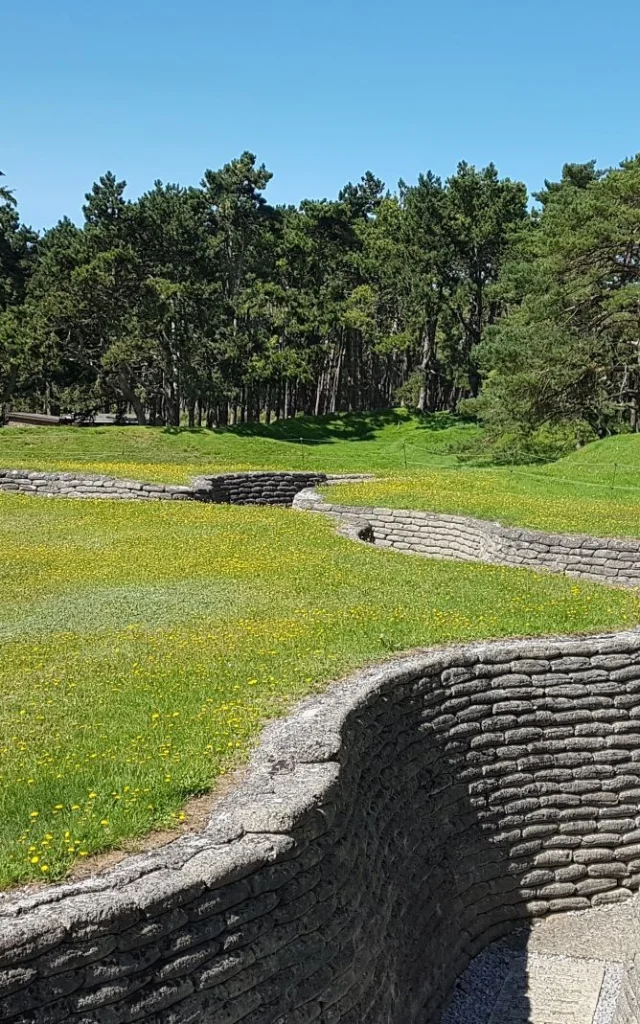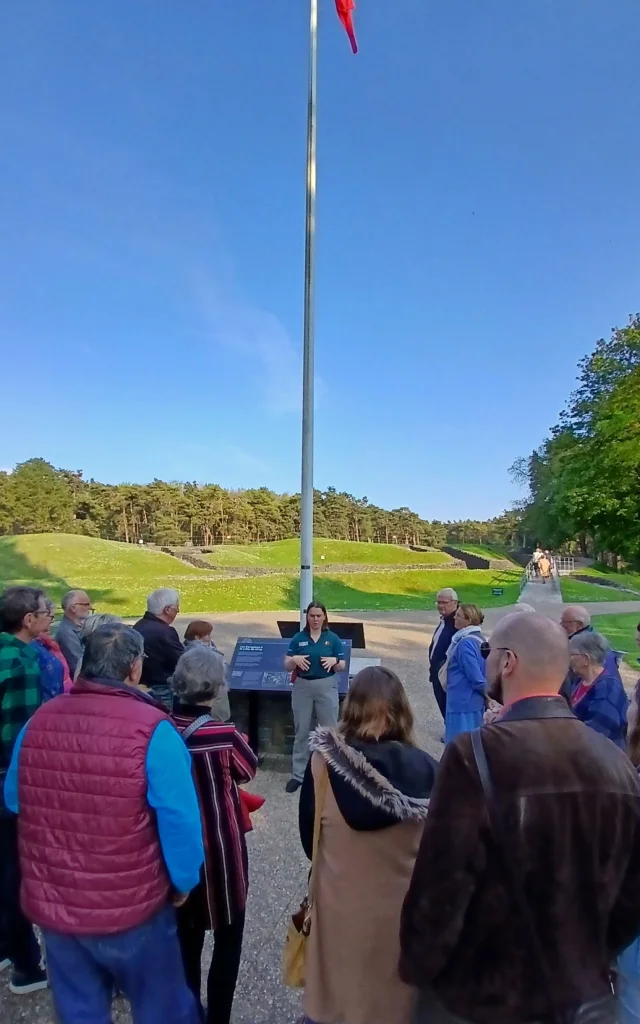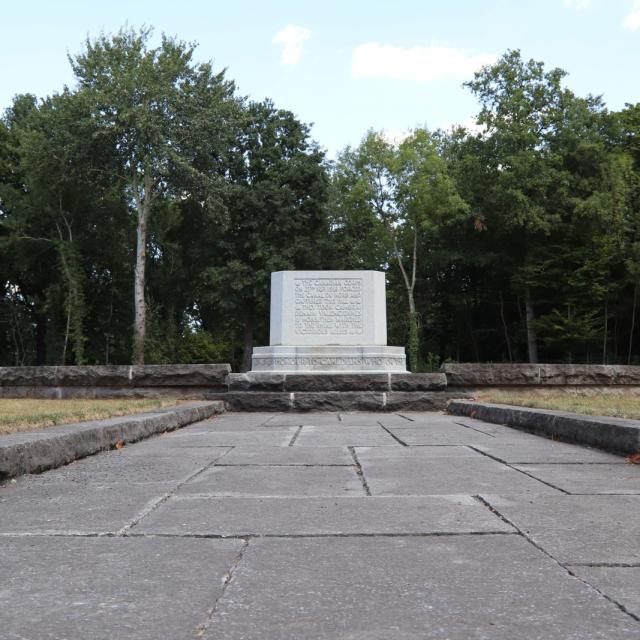It was cold. Easter Monday. 1917.
In the spring of 1917, the Canadian Corps came together like never before. Over 100,000 soldiers — from Nova Scotia to British Columbia — trained, planned, and prepared as one.
It wasn’t just another offensive. It was Canada’s moment to fight not just as soldiers, but as a nation.
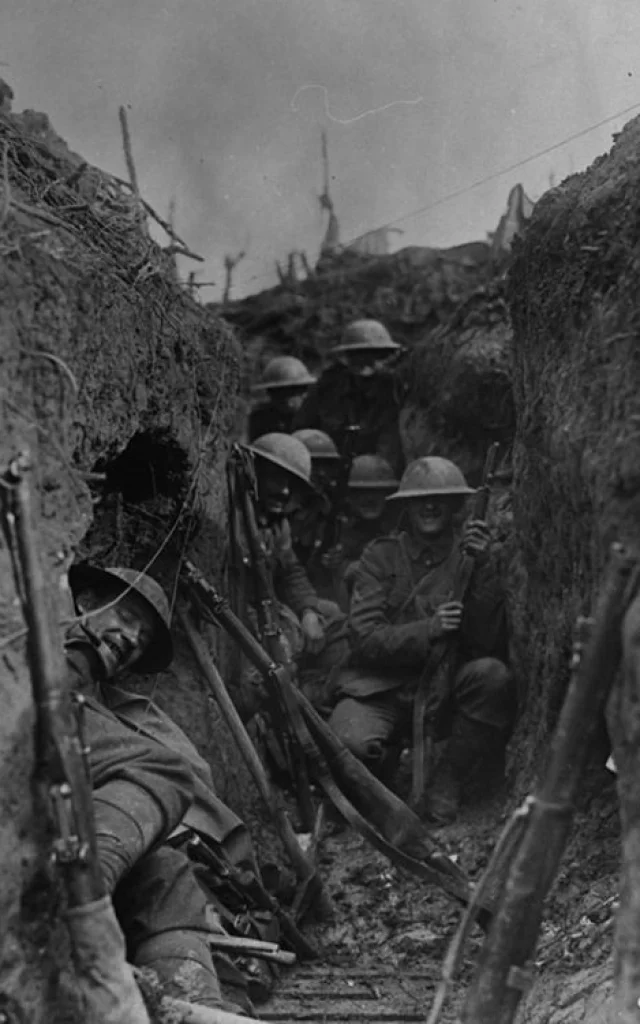 Tunnels And Trenches To Vimy Ridge
Tunnels And Trenches To Vimy Ridge Vimy Ridge April 1917
Vimy Ridge April 1917Tunnels and Training Fields
Behind the front lines, full-scale models of the ridge were built. Soldiers memorised every trench, every turn. Underground, sappers dug a network of tunnels — more than 10 kilometres long — allowing entire units to move in secret, just metres from enemy lines.
The Creeping Barrage – A New Kind of Advance
Rather than rush the enemy, artillery shells were timed to fall just ahead of the troops, moving forward in waves. This “creeping barrage” kept defenders off balance and gave cover to advancing infantry — a tactic as precise as it was deadly.
